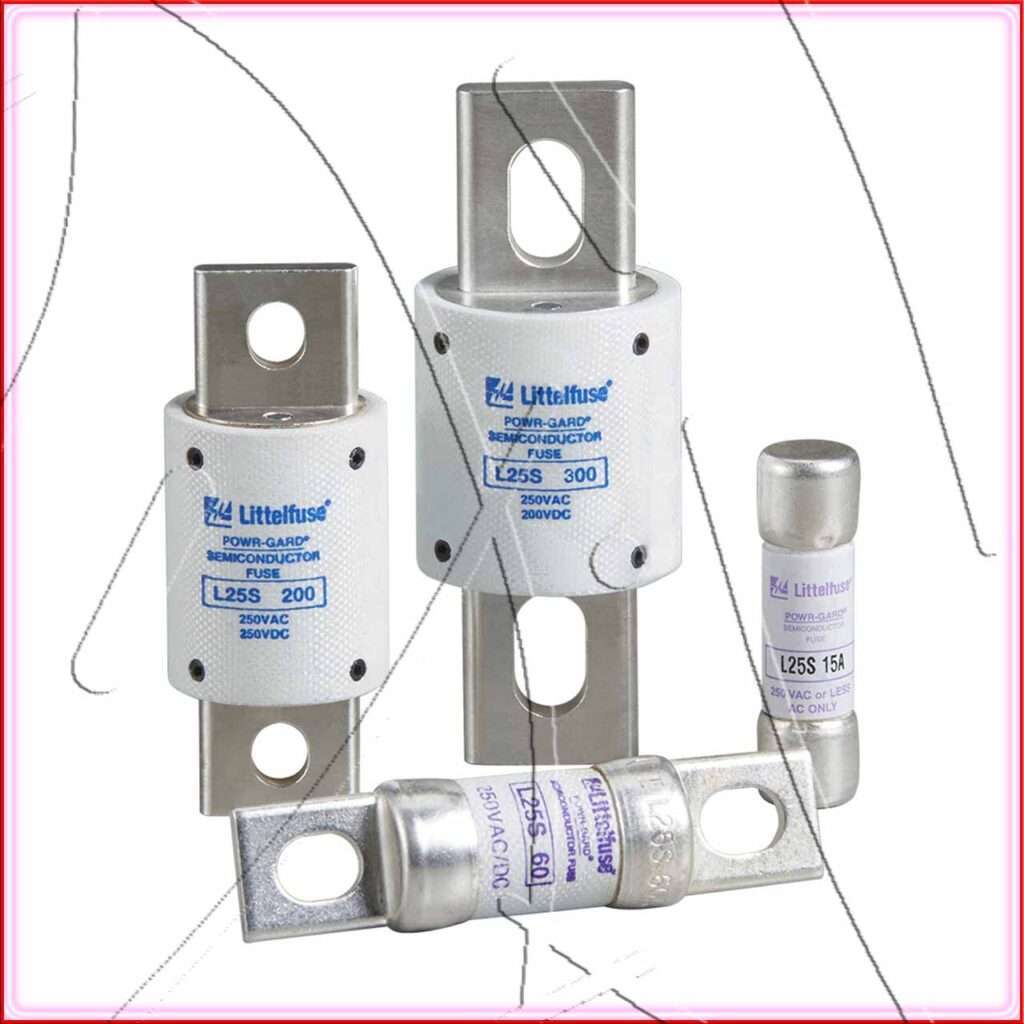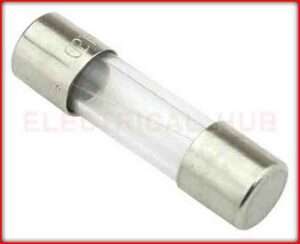Semiconductor Fuses: Important Applications and selection Table
Semiconductor fuses play a crucial role in protecting sensitive electronic devices and circuits from overcurrent conditions. These specialized fuses are designed to ensure precise and reliable protection for semiconductor components like diodes, transistors, and integrated circuits.

In this article, we will delve into the intricacies of semiconductor fuses, their applications, parameters, and their significance in maintaining the integrity of electronic systems.
Read More
What are Semiconductor Fuses
Unlike conventional fuses, semiconductor fuses are engineered to respond quickly to overcurrent events while avoiding the release of excessive energy or debris that could harm nearby components. Their rapid and accurate response is essential for preserving the delicate structures within semiconductor devices.
Applications of Semiconductor Fuses:
Semiconductor fuse finds application in various industries where precision protection is essential. Here are examples of specific applications and corresponding fuse ratings:
Telecommunications Equipment: In telecommunications infrastructure, such as base stations and communication switches, sensitive semiconductor components are common. A semiconductor fuse with a rating of 2A might be employed to protect critical signal processing circuits.
Automotive Electronics: In modern vehicles, semiconductor devices control various functions, from engine management to infotainment systems. A semiconductor fuse with a rating of 5A could be used to safeguard these intricate electronic components.
Medical Equipment: Sophisticated medical equipment relies heavily on semiconductor-based control and monitoring systems. To protect these devices, a semiconductor fuse rated at 1A might be utilized, ensuring reliable operation without risking damage.

Parameters of Semiconductor Fuses
Voltage Rating (Umax): The maximum voltage that the fuse can handle without breaking down. This parameter ensures that the fuse can handle the voltage levels within the circuit without arcing or failing prematurely.
Current Rating (I): The current rating specifies the maximum current that the fuse can carry without blowing. It is essential to choose a current rating slightly higher than the expected operating current of the circuit.
Interrupting Capacity (Icn): This parameter represents the maximum current the fuse can safely interrupt during a fault condition. It ensures that the fuse can disconnect the circuit under fault conditions without posing a hazard.
Time-Current Characteristics: Similar to other fuses, semiconductor fuse has specific time-current curves that define their response time to various levels of overcurrent. These curves help select the appropriate fuse for the desired level of protection.

Selection Table for Semiconductor Fuses
Here’s a detailed selection table for Semiconductor Fuses based on their rated parameters.
| Rated Current (Amperes) | Voltage Rating (Volts) | Breaking Capacity (kA) | Response Time | Typical Applications |
| 1A | Up to 1000V | Up to 50kA | Very Fast | Diodes, small semiconductor components |
| 2A | Up to 1000V | Up to 50kA | Very Fast | Transistors, integrated circuits |
| 5A | Up to 1000V | Up to 50kA | Very Fast | Sensitive electronic components, control circuits |
| 10A | Up to 1000V | Up to 50kA | Very Fast | Power electronics, industrial applications |
| 20A | Up to 1000V | Up to 50kA | Very Fast | Motor control, power inverters |
| 50A | Up to 1000V | Up to 50kA | Very Fast | High-power semiconductor devices |
| 100A | Up to 1000V | Up to 50kA | Very Fast | High-current applications, industrial equipment |
| 200A | Up to 1000V | Up to 50kA | Very Fast | Large-scale power electronics, heavy-duty machinery |
This detailed selection table for Semiconductor Fuses considers parameters such as rated current, voltage rating, breaking capacity, and response time.
Worth Read Posts
Subscribe to our Newsletter “Electrical Insights Daily” to get the latest updates in Electrical Engineering. You can also Follow us on LinkedIn and Facebook to see our latest posts on Electrical Engineering Topics.



Keep up the excellent work, I read few posts on this site and I conceive that your web blog is very interesting and has bands of good info .